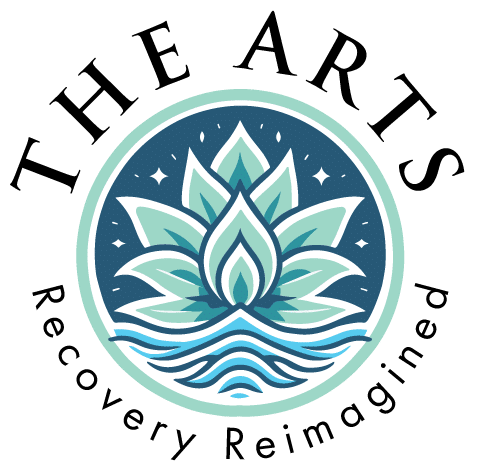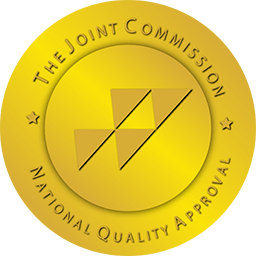Fentanyl addiction is one of the most challenging substance use disorders to overcome, but recovery is possible with the right support. Fentanyl, a synthetic opioid that is 50 to 100 times more potent than morphine, has been a major factor in the ongoing opioid crisis.1
For those living with opioid dependency, the idea of quitting can feel overwhelming. However, if you want to know how to get off Fentanyl, with preparation and the proper resources, you can regain control of your life.
The First Step to Recovery From Fentanyl Addiction: Getting Professional Help
Fentanyl alters the brain’s chemistry, creating both physical and psychological dependency.2 This is why recovery often requires more than willpower—it demands a comprehensive plan that addresses the many layers of addiction.
Going “cold turkey” without medical or professional support can be dangerous due to the severity of fentanyl withdrawal symptoms, which include:3
- Extreme nausea and vomiting
- Intense sweating and chills
- Muscle aches and cramping
- Insomnia
- Anxiety and depression
Because of how difficult it is to quit fentanyl and the risk of opioid withdrawal, the first step in recovering from fentanyl addiction is getting professional help. Whether that’s through a medical detox facility, an outpatient program, or a combination of both, having support and medical supervision can greatly increase your chances of successfully overcoming fentanyl addiction.
How to Get Off Fentanyl: Actionable Steps to Take
Once you acknowledge you need professional help, you can get the ball rolling on exploring different treatment options and taking the necessary steps to get off fentanyl. Here are some actionable steps you can take towards recovery.
1. Seek Professional Assessment
The first actionable step is to consult a licensed addiction specialist or physician. They can evaluate the severity of your dependency and recommend an appropriate treatment plan. Many insurance providers will cover the cost of addiction treatment thanks to the Affordable Care Act. But, you might need a referral before attending treatment.
Whether you visit your primary care provider, talk to a therapist, or attend an addiction treatment center, the first step toward recovery is seeking professional guidance. They can assist you in understanding your addiction and create a treatment plan starting today.
2. Consider Medication-Assisted Treatment (MAT)
Medications like buprenorphine (Suboxone) or methadone can help reduce cravings and withdrawal symptoms of fentanyl.4 MAT is a widely accepted component of evidence-based addiction treatment and can make the detoxification process more manageable. Consult your provider about whether MAT is suitable for you, and don’t be afraid to explore inpatient or outpatient detox options.
3. Medically Supervised Detox
Detoxification is the process of clearing fentanyl from your system. It’s vital to do this under medical supervision, especially given the severity of withdrawal. At an inpatient detox center, healthcare professionals ensure that you remain stable physically and emotionally throughout the process.
Enrolling in a medical detox program gives you a leg-up in overcoming fentanyl addiction. You’ll be prepared for the next phase of treatment and have a higher chance at long-term recovery.
4. Find a Structured Treatment Program
After detox, continued support through structured treatment is crucial for long-term recovery. Some good options for fentanyl treatment to choose from include:
- Residential Treatment Programs: These provide comprehensive, 24/7 care in a controlled environment, perfect for individuals with severe dependency.
- Partial Hospitalization Programs (PHP): PHPs offer the same level of care as residential treatment, but patients return home at night. This is suitable for those who have responsibilities to attend to or cannot afford the cost of residential programs.
- Intensive Outpatient Programs (IOP): These programs offer a structured treatment schedule for individuals with mild addiction symptoms. IOPs can be highly effective, even when conducted virtually, so long as the individual is motivated to recover and has a solid support system.
5. Actively Engage in Therapy
Fentanyl addiction involves more than physical dependency—it’s often tied to underlying issues like trauma, stress, or mental health disorders. Therapy can help address these root causes. Popular approaches include:
- Cognitive Behavioral Therapy (CBT): Helps identify and change harmful thought patterns.
- Group Therapy: Provides peer support and accountability.
- Family Therapy: Improves communication and healing within family systems.
No matter what type of therapy your addiction treatment program uses, being actively engaged is key. If you’re wondering how to get off fentanyl, remember, recovery is a journey, and therapy can help guide you along the way.
6. Prepare for Relapse Prevention
Relapse doesn’t signal failure—it’s a common part of recovery. The key is to have prevention strategies, such as identifying triggers and working closely with a support network, to help you during your fentanyl addiction recovery. Many treatment programs emphasize relapse prevention techniques to set you up for long-term success. Whether you choose to continue to attend support group meetings, participate in therapy sessions, or practice self-care activities, it’s important to have a plan in place for when cravings or triggers arise.
7. Celebrate Progress
Recovering from fentanyl addiction is a challenging process, but it’s important to acknowledge and celebrate the progress you make along the way. Set small goals for yourself and celebrate each milestone achieved. This could be as simple as staying sober for a certain amount of time or completing a therapy session without feeling overwhelmed. Recognizing and celebrating your progress can boost your confidence and motivation to continue on your journey towards recovery.
Begin Your Fentanyl Addiction Recovery Journey Today
Overcoming fentanyl addiction is a challenging but achievable goal with the right plan and support system. At The ARTS Recovery in Canoga Park, CA, we provide both virtual Intensive Outpatient Programs (IOPs) and in-person outpatient care tailored to meet your unique needs. Our team of experienced professionals is here to guide you every step of the way through long-term recovery. If you’re ready to take the next step toward fentanyl addiction recovery, don’t wait. Call The ARTS Recovery today and start your journey to sober living.
FAQs
What Are the Symptoms of Fentanyl Withdrawal?
Fentanyl withdrawal symptoms can start within a few hours after the last dose and often peak within 24–48 hours. Common symptoms include restlessness, insomnia, muscle aches, nausea, vomiting, and intense cravings. Professional medical support can help manage these symptoms effectively.
What Happens If I Relapse?
Relapse does not mean failure. It’s an opportunity to reevaluate triggers and recovery plans. Many people successfully quit fentanyl after addressing the factors that led to their relapse. Professional counseling and support groups can help minimize the risk of future relapse.
Can I Quit Fentanyl Without Medication-Assisted Treatment?
While it’s technically possible, quitting fentanyl without medications is extremely challenging and often unsafe due to withdrawal severity. MAT improves the likelihood of sustained recovery and reduces the risk of relapse.
Does Health Insurance Cover Treatment?
Many health insurance plans cover some or all of the costs of addiction treatment programs. Check with your provider to understand what’s included, or consult the admission team at a treatment facility for assistance with insurance verification.
What Should I Look for in a Treatment Program?
The best programs offer a combination of evidence-based treatments like MAT and therapy, a clear relapse prevention strategy, and flexible options such as virtual IOP or in-person outpatient care. Look for accredited facilities with experienced professionals.
How Can I Support My Recovery After Treatment?
Recovery is an ongoing process that requires support beyond the initial treatment program. It’s essential to have a relapse prevention plan in place and continue attending support groups or therapy sessions. Surrounding yourself with positive influences and engaging in healthy activities can also aid in maintaining sobriety.
Is Recovery Possible for Long-Term Fentanyl Users?
Yes, recovery is always possible, no matter how long someone has been using fentanyl. With the right support and treatment approach, many people achieve long-term sobriety and rebuild fulfilling lives.
References
- United States Drug Enforcement Administration. (2021, April 29). Facts about Fentanyl. DEA. https://www.dea.gov/resources/facts-about-fentanyl
- National Institute on Drug Abuse. (2021, December 21). Fentanyl. National Institute on Drug Abuse. https://nida.nih.gov/research-topics/fentanyl
- Berger, F. (2024). Opiate and opioid withdrawal: MedlinePlus Medical Encyclopedia. Medlineplus.gov. https://medlineplus.gov/ency/article/000949.htm
- Shah, M., & Huecker, M. R. (2023). Opioid Withdrawal. Nih.gov; StatPearls Publishing. https://www.ncbi.nlm.nih.gov/books/NBK526012/





